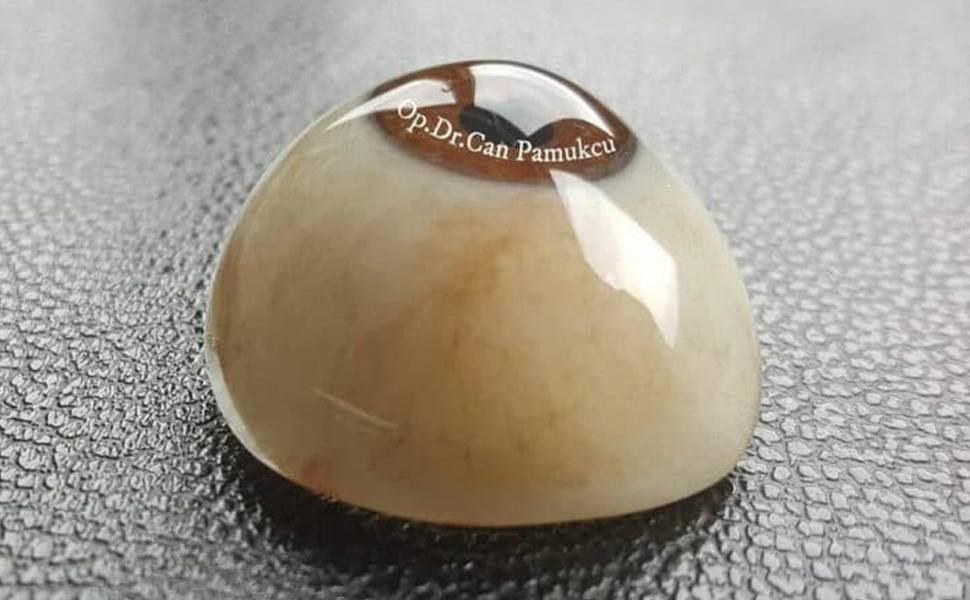
Drooping eyelids (ptosis) are conditions in which the eyelids are positioned lower than normal. This can cause aesthetic concerns and can also affect vision.
Congenital ptosis is usually characterized by the incomplete development of the muscle that lifts the eyelid and can occur for a variety of reasons. This can lead to partial or complete closure of the pupil, leading to serious vision problems. If the eyelid ptosis is severe, a rapid treatment approach is necessary. In mild cases, surgery can be performed after the child grows up and is monitored for a while. However, it's important to remember that there's a risk of amblyopia on the side with drooping eyelids. Therefore, continuous monitoring with regular eye exams is essential, and prompt intervention is necessary when necessary. So, what causes eyelid ptosis? In this article, we'll discuss the causes, symptoms, and treatment methods for ptosis.

In a patient suspected of having a drooping eyelid, the distance between the pupil and the eyelid is carefully measured. If this distance is less than 2 mm, it indicates a drooping eyelid. Many factors can cause eyelid drooping.
Congenital Problems: Some people are born with drooping eyelids. This is usually due to problems with muscle or nerve development.
Aging: Over time, the eyelid muscles can weaken. This is a common problem, especially in older adults.
Trauma and Injuries: A direct blow to the eyelid can cause damage to the muscles or nerves.
Nerve Problems: Certain nerve disorders or diseases can affect eyelid control.
Post-Operative Complications: After eye surgeries, eyelid drooping may occur.
- Abnormal drooping of the eyelid
- Eye strain
- Restriction in visual field
- Swelling or deformation
The main purpose of eyelid ptosis surgery is to lift the eyelid by strengthening the levator muscle. Drooping eyelid surgerySurgery can be performed in different ways, depending on the type and severity of the drooping eyelid. Your doctor will determine the surgical method based on the findings of the eyelid examination.
Ptosis surgery in adults is usually performed under local anesthesia, while in children, it is usually performed under general anesthesia. Patients are discharged the same day, and ice application on the day of surgery can help prevent swelling and bruising.







